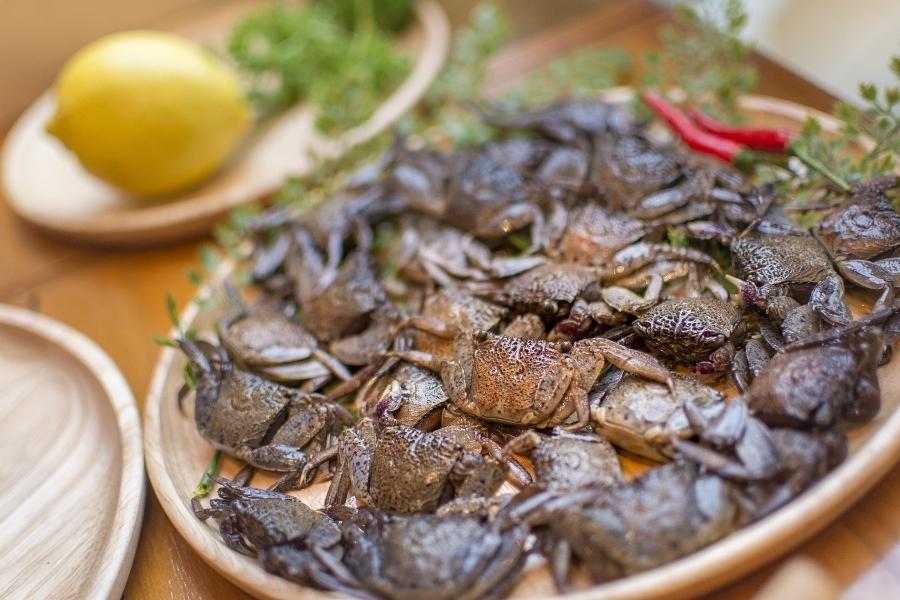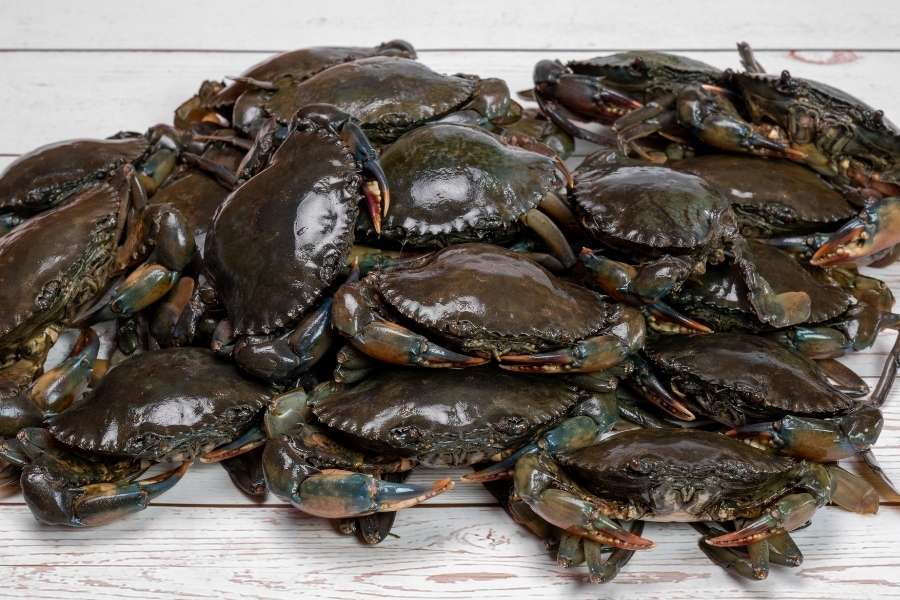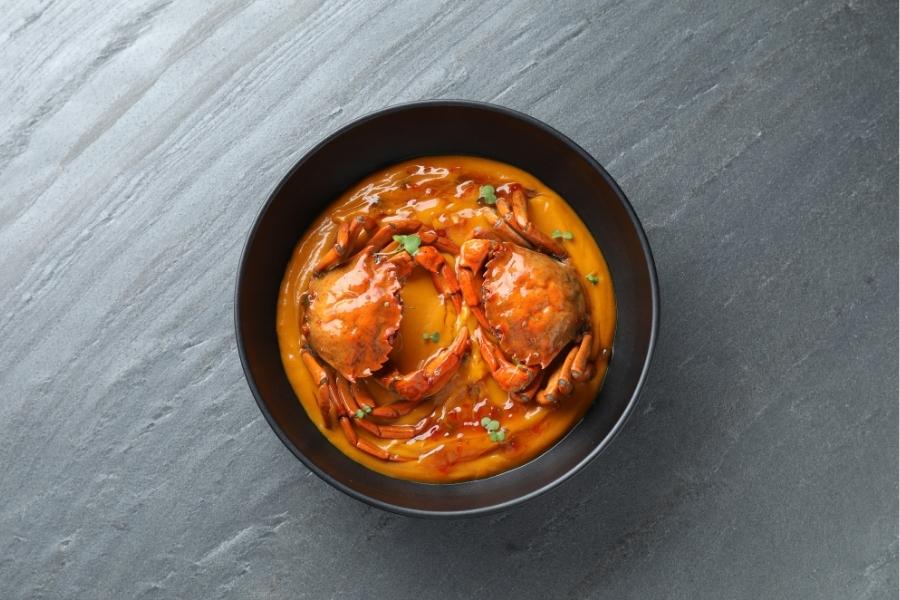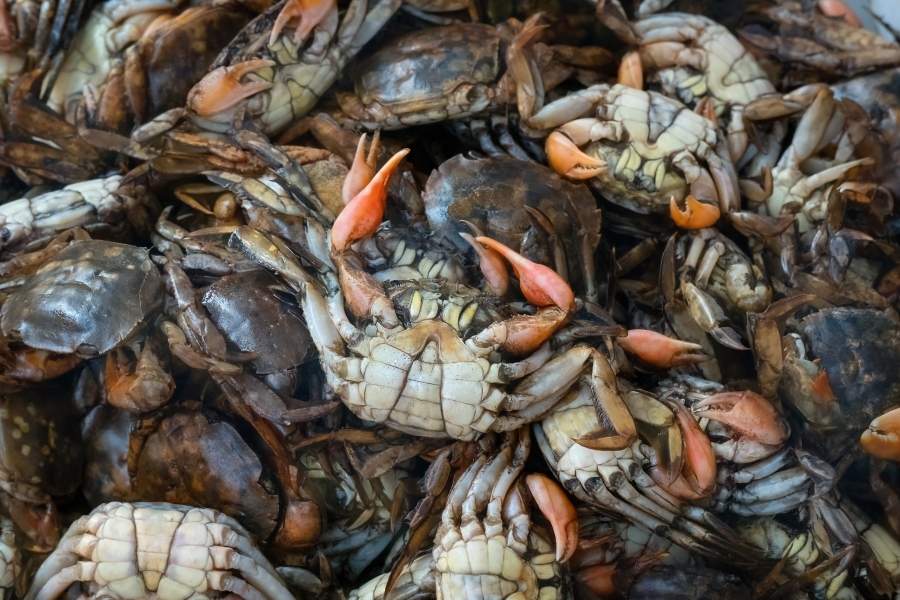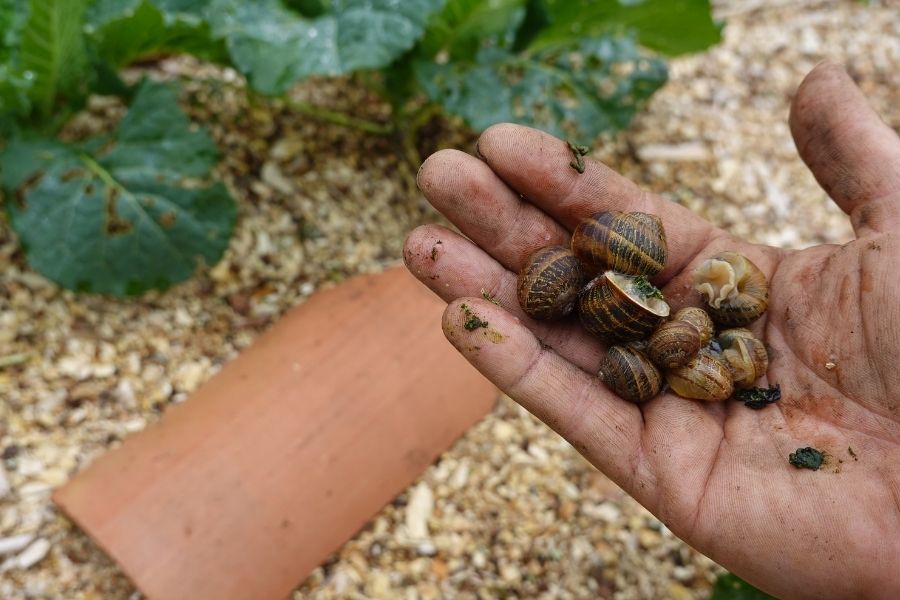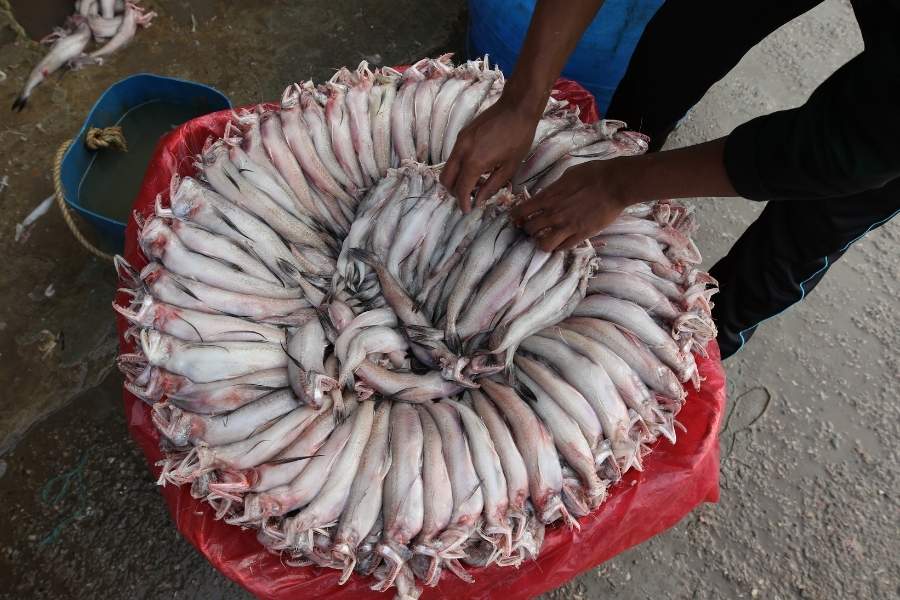In the wetlands, mangroves and estuaries of West Bengal, small creatures that often go unnoticed thrive, and hold great cultural and culinary significance. One such delicacy is the chiti kakra, a tiny freshwater crab found in rivers, ponds, marshlands and especially in the mangrove stretches of the Sunderbans.
A foraging tradition
Caught by hand or with makeshift nets, chiti kakra represents the age-old practice of foraging, where food is gathered directly from nature rather than cultivated. For many rural households, it is not just a seasonal catch, but also a part of their identity, a taste of the land and water they live alongside.
How are they different from mud crabs?
Scientifically, chiti kakra and the mud crab are different species. Chiti kakra is Varuna litterata, a small freshwater and estuarine crab commonly found in ponds, rivers, marshes and mangroves. It grows only a few centimetres wide and is cooked whole for the flavour it imparts. The regular kakra, on the other hand, is generally Scylla serrata, the large mud crab from marine and estuarine habitats. With its broad claws and abundant meat, it is prized for rich curries such as Kakra’r Jhal or Malai Curry, while chiti kakra remains a rustic, foraged ingredient that flavours modest jhols and toks.
How chiti kakra is cooked
Chiti kakra may be small in size, with its flat square shell and speckled body, but is packed with flavour. In village kitchens, it often goes straight from the basket into the pot, cooked with taro stems, leafy greens, ash gourd or pumpkin. The result is a jhol, or light curry, infused with the distinct briny depth of the crabmeat. Variations abound across households, from a tangy tok made with tamarind or raw mango to a spicier jhal, where there is the kick of the mustard paste and chillies. The crabs lend an umami essence.
A symbol of sustainability
Beyond flavour, chiti kakra is a symbol of Bengal’s longstanding foraging traditions. The crab is usually harvested in small quantities by families rather than large-scale fishing, which makes it a sustainable source of protein and a humble luxury in village meals. Its popularity in rural Bengal contrasts with urban fine dining, where larger sea crabs feature more often on menus. Yet, for those who grew up eating it, the taste of chiti kakra jhol with steamed rice remains unmatched, a reminder of monsoon afternoons and rustic kitchens.
